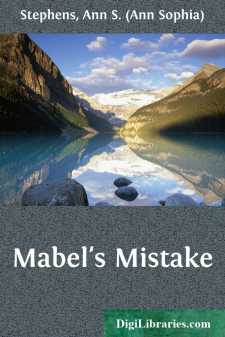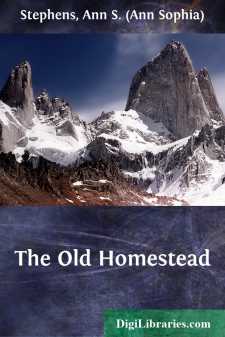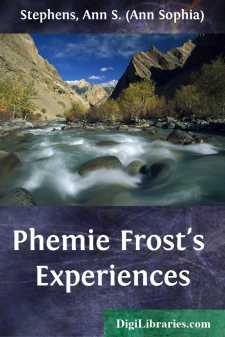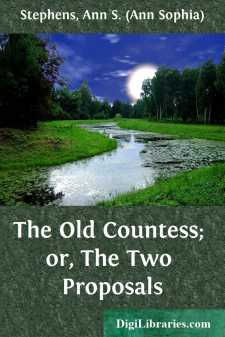Categories
- Antiques & Collectibles 13
- Architecture 36
- Art 48
- Bibles 22
- Biography & Autobiography 814
- Body, Mind & Spirit 145
- Business & Economics 28
- Children's Books 17
- Children's Fiction 14
- Computers 4
- Cooking 94
- Crafts & Hobbies 4
- Drama 346
- Education 58
- Family & Relationships 59
- Fiction 11834
- Foreign Language Study 3
- Games 19
- Gardening 17
- Health & Fitness 34
- History 1378
- House & Home 1
- Humor 147
- Juvenile Fiction 1873
- Juvenile Nonfiction 202
- Language Arts & Disciplines 89
- Law 16
- Literary Collections 686
- Literary Criticism 179
- Mathematics 13
- Medical 41
- Music 40
- Nature 179
- Non-Classifiable 1768
- Performing Arts 7
- Periodicals 1453
- Philosophy 66
- Photography 2
- Poetry 897
- Political Science 203
- Psychology 45
- Reference 154
- Religion 516
- Science 126
- Self-Help 85
- Social Science 82
- Sports & Recreation 34
- Study Aids 3
- Technology & Engineering 59
- Transportation 23
- Travel 463
- True Crime 29
Our website is made possible by displaying online advertisements to our visitors.
Please consider supporting us by disabling your ad blocker.
Mabel's Mistake
Description:
Excerpt
CHAPTER I.
It was autumn, one of those balmy Indian summer days which, if the eyes were closed, would remind you of Andalusia when the orange trees put forth their blossoms with the matured fruit still clinging to their boughs, burying its golden ripeness among cool, green leaves, and buds of fragrant snow. Still, save in the delicious atmosphere that autumnal sunset would not have reminded you of any land but our own. For what other climate ever gave the white wings of the frost the power to scatter that rich combination of red, green, gold and dusky purple upon a thousand forests in a single night? What other land ever saw the sun go down upon a world of green foliage, and rise to find the same foliage bathed in a sea of brilliant tints, till the east was paled by its gorgeousness?
Indeed, there was nothing in this calm, Indian-summer twilight to remind you of any other land, save its stillness and the balm of dying flowers giving up their lives to the frost. But the links of association are rapid and mysterious, and the scenes that awaken a reminiscence are sometimes entirely opposite to the memory awakened.
Be this as it may, there was something in the landscape suddenly clad in its gorgeous fall tints—in the river so coldly transparent twelve hours before, now rolling on through the glowing shadows as if the sands and pebbles in its bed had been turned to jewels, which reminded at least one person in that old mansion house, of scenes long ago witnessed in the south of Spain.
The old mansion house which we speak of, stood some miles above that gorge in the Harlem River which is now spanned by the High Bridge. This region of Manhattan Island is even yet more than half buried in its primeval forest trees. Hills as abrupt, and moss as greenly fleecy as if found on the crags of the Rocky Mountains, still exist among the wild nooks and wilder peaks which strike the eye more picturesquely from their vicinity to the great metropolis.
At the particular spot I wish to describe, the hills fall back from the Hudson, north and south, far enough to leave a charming little valley of some two or three hundred acres cradled in their wildness and opening greenly to the river, which is sure to catch a sheaf of sunbeams in its bosom when the day fires its last golden salute from behind the Palisades. Sheltered by hills, some broken into cliffs, some rolling smoothly back, clothed in variously tinted undergrowth and fine old trees, the valley itself received a double charm from the contrast of cultivation. It was entirely cleared of trees and undergrowth, save where a clump of cool hemlocks, a grove of sugar maples, or a drooping elm gave it those features we so much admire in the country homes of old England.
In the centre of the valley was a swell of land sloping down to the river in full, grassy waves, which ended at the brink in a tiny cove overhung by a clump of golden willows.
Crowning the swell of this elevation stood the old mansion commanding a fine view of the river, with a glimpse of the opposite shore, where the Weehawken hills begin to consolidate into the Palisades. A score of picturesque and pleasant little nooks were visible from the numerous windows, for it was an irregular old place, varying as much as an American house can vary in its style of architecture. The original idea had undoubtedly sprung from our Knickerbocker ancestors, for the gables were not only pointed, but notched down the steep edges after a semi-battlemented fashion, while stacks of quaint chimneys and heavy oaken doors bespoke a foundation far antecedent to the revolution.
But in addition to these proofs of antiquity, were balconies of carved stone, curving over modern bay windows, which broke up the stiff uniformity of the original design; and along one tall gable that fronted on the river, French windows, glittering with plate glass, opened to a verandah of stone-work, surrounded by a low railing also of stone; and if these windows were not one blaze of gold at sunset, you might be certain that a storm was lowering over the Palisades, and that the next day would be a cloudy one.
Another gable facing the south was lighted by a broad arched window crowded full of diamond-shaped glass, tinted through and through by the bloom and glow of a conservatory within....







